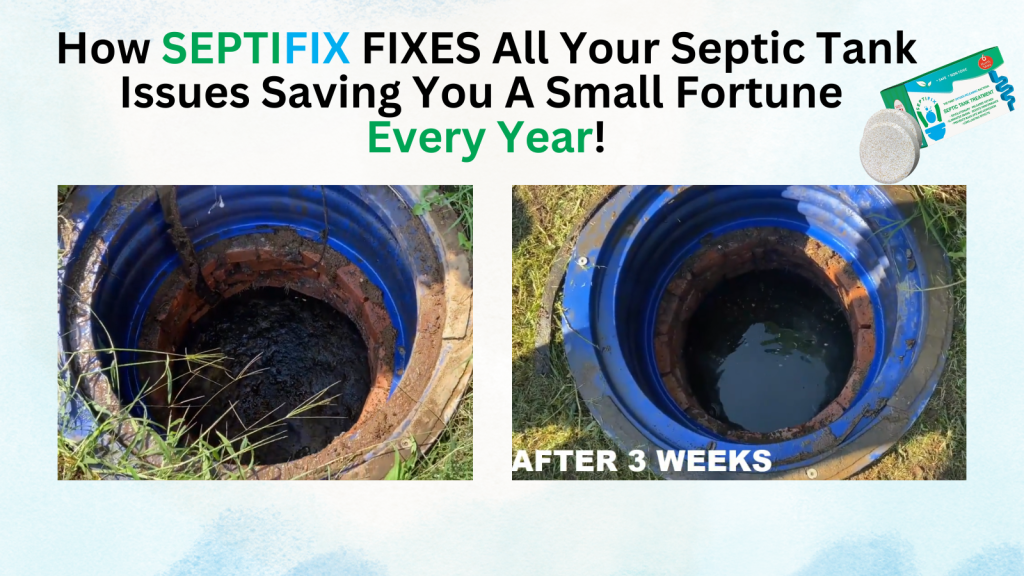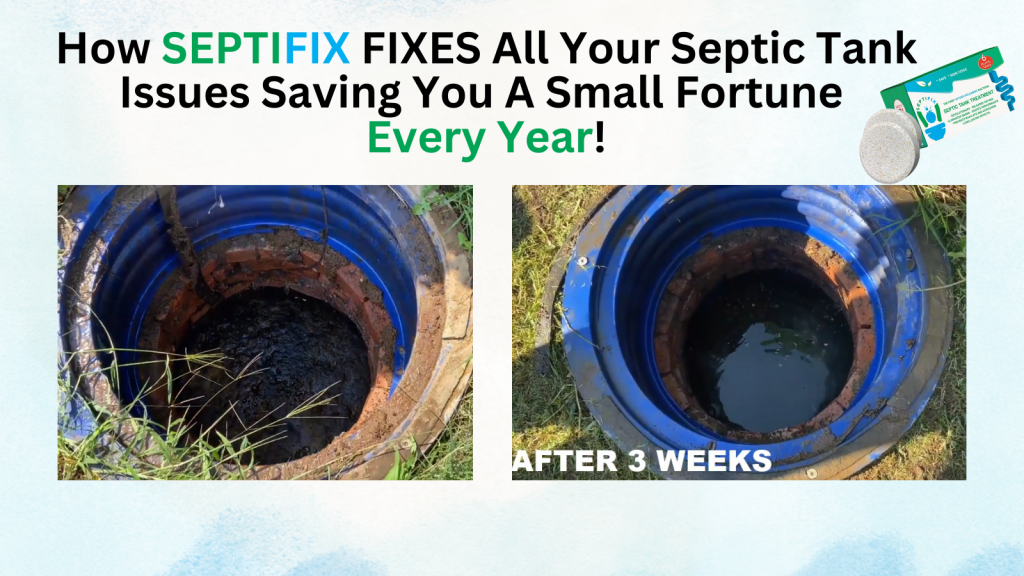Table of Contents
- What’s the Average Cost of a New Septic Tank in 2025?
- Factors That Affect Septic Tank Cost
- Installation and Labor Costs
- Additional Costs to Consider
- Septic System Replacement Costs
- DIY vs. Hiring a Professional: Is It Worth It?
- Regional Cost Variations
- Contact Info and Resources
- Final Thoughts: Planning for a Septic System Investment
When planning for a new septic system, one of the first questions homeowners ask is, “How much does a new septic tank cost?” It’s a crucial part of budgeting for a home build or replacement project—especially if you live in a rural area or your property isn’t connected to a municipal sewer. Understanding the cost of septic tank installation helps avoid surprises and ensures you make the right long-term investment for your home.
What’s the Average Cost of a New Septic Tank in 2025?
Installing a new septic tank typically costs between $3,500 and $15,000, depending on various factors like system type, tank size, and soil conditions. Most homeowners in the U.S. spend an average of $6,000 to $8,000 for a standard 1,000-gallon tank system, which is suitable for a typical three-bedroom home.
Factors That Affect Septic Tank Cost
1. Type of Septic System
The type of system you need plays a big role in determining cost:
- Conventional Gravity System: $3,000–$8,000
- Aerobic Treatment Unit (ATU): $7,000–$20,000
- Mound or Raised Bed System: $10,000–$15,000+
- Chamber System: $4,000–$10,000
Some areas with high water tables or clay soils may require alternative systems like sand filter or pressure distribution setups, which come with higher installation and maintenance costs.
2. Tank Material
The material used for the septic tank itself also impacts price:
- Concrete tanks (most common): $1,500–$3,000
- Plastic (polyethylene) tanks: $1,000–$2,500
- Fiberglass tanks: $1,500–$2,500
- Steel tanks: Rare and not recommended due to corrosion
Concrete tanks are durable and preferred by many installers, but they are heavier and require machinery to move.
3. Tank Size
Tank size should match the number of bedrooms or daily water usage in your home. Here’s a basic guideline:
- 750-gallon (1-2 bedrooms): $1,000–$2,500
- 1,000-gallon (3-4 bedrooms): $1,500–$3,000
- 1,250-gallon (4+ bedrooms): $2,000–$4,000+
Larger homes, guesthouses, or granny flats will require higher-capacity systems and larger drain fields.
4. Soil Conditions and Permits
Soil testing (called a percolation or “perc” test) is usually required and costs $250–$1,000. Difficult soils—such as clay, sand, or rocky conditions—may require more excavation or alternative designs.
Most counties also require permits, which can range from $300 to $2,000 depending on your location and the complexity of the system.
Installation and Labor Costs
Professional installation can make up 30%–50% of the total system cost. Labor costs vary depending on region, but you can expect:
- Excavation: $1,000–$2,500
- System design and layout: $500–$1,500
- Plumber/contractor fees: $1,500–$4,000
Pro tip: Always get at least three estimates and ensure the installer is licensed and insured. Septic installs require precision—and cutting corners can lead to long-term failures or health hazards.
Additional Costs to Consider
Don’t forget about these often-overlooked expenses:
- Inspection fees
- Ongoing pumping and maintenance (typically every 3–5 years, at $300–$600 per visit)
- Landscaping repairs after excavation
- Electrical connections for systems with pumps or alarms
- Risers and covers for easier future access ($100–$500)
Septic System Replacement Costs
Replacing a failing septic system usually costs the same or more than a new install, particularly if you have to remove old materials, update to newer codes, or upgrade due to changes in water use.
If your old tank is still usable, you might save some money—but plan for an average of $8,000–$15,000 for full replacements in 2025.
DIY vs. Hiring a Professional: Is It Worth It?
Installing a septic tank yourself is not recommended unless you are a licensed installer. Septic systems must comply with local health and environmental codes. Mistakes can cause serious contamination, fines, or system failure.
In some rural areas, a homeowner may be allowed to install their own system—but even then, permits, inspections, and proper engineering are still required.
Bottom line: This is not your average weekend project.
Regional Cost Variations
Prices vary depending on your location. Here’s a rough breakdown:
- Southeast U.S. (e.g., Georgia, Florida): Generally lower, $3,500–$7,500
- Northeast and West Coast: Higher cost range, $7,000–$15,000+
- Midwest: Mid-range costs, but clay soil often adds to labor expenses
Some rural residents refer to their systems as drainfield systems, onsite wastewater systems, or sewer alternatives, so searching local terms can help you find more cost-specific info in your area.
Contact Info and Resources
- EPA Septic Systems Overview
- National Onsite Wastewater Recycling Association (NOWRA)
- Your local county health department (permits, codes, soil test requirements)
- Local septic installers in your region (check directories or reviews)
- OdorFreeSeptic.com – educational resource for homeowners
Final Thoughts: Planning for a Septic System Investment
So, how much does a new septic tank cost? While the answer varies, knowing the average prices and what influences them helps you budget wisely. Septic systems are critical infrastructure for many homes—so don’t cut corners.
Be sure to:
- Choose the right type of system for your soil and property
- Hire a licensed, experienced installer
- Plan for ongoing maintenance and inspections
Call a local septic expert to get a quote tailored to your home’s specific needs, and always check with your local building department before starting.
Directory | West Virginia Septic Service Providers : Best Professionals
Winter Pumping: Should You or Shouldn’t You?
Septic Installer Registration in Bay County, Michigan
Sustainable Materials for Septic Systems: Eco-Friendly Solutions
DIY Septic Tank Installation: A Complete Guide for Homeowners
Directory | Washington Septic Service Providers | Part 2








